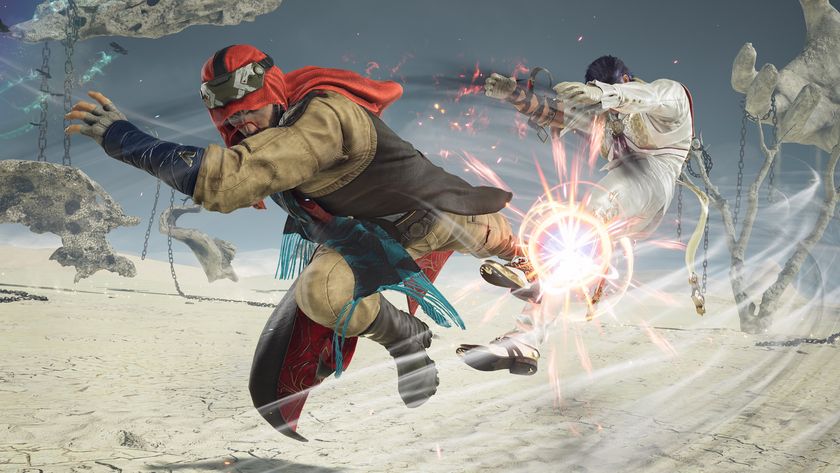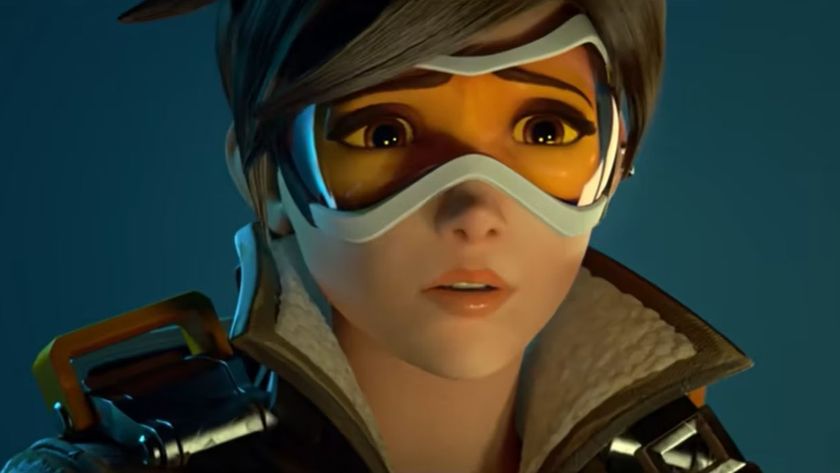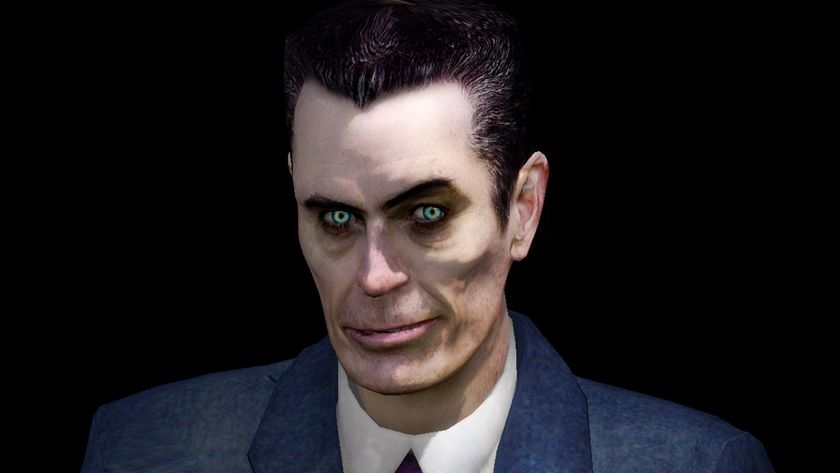How Worlds Adrift creator Bossa Studios uses technology to expand creative possibilities
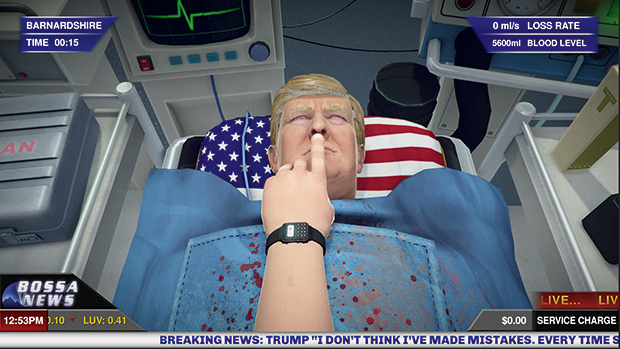
For a videogame developer, Bossa Studios has an unusual relationship with technology. While the studio behind Surgeon Simulator, I Am Bread and Worlds Adrift is as willing as any other company to take advantage of improved rendering techniques and faster processors, the team sees these kinds of innovations more as jumping-off points than a foundation. Bossa CTO Sylvain Cornillon and COO Vince Farquharson will explore this in their Design Track keynote at this year’s Develop conference – taking place in Brighton from July 12–14 – and will talk about how disruptive technology can, and should, lead to disruptive design.
“We try to think of threads that no one else is looking at – then it’s about how we jump into that category”
What should Develop attendees expect from your keynote?
Vince Farquharson It’s about the convergence of technology with design and creativity, and the fact that we find technology empowering and exciting but maybe not in the same way that many other companies do. Generally, companies tend to use technology to do something faster or better. We do do that, but for us that’s not really the point. For us, it’s that it allows us to do things we couldn’t do before. Stuff that was either impossible technically, or cool things we never would’ve had the time to try before.
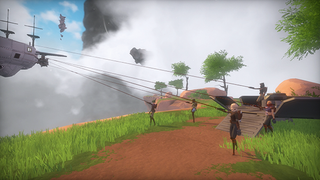
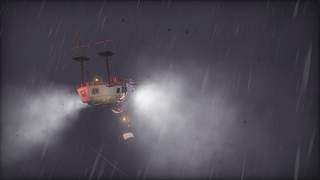
Worlds Adrift used to have simulated weather, but while it was a good idea on paper, it affected gameplay negatively. But in the remnants of that system, Bossa found new possibilities. “I think if most people had technology that enables awesome clouds, you’ll look up in the sky and see awesome clouds,” Cornillon says. “But that’s not the important bit – because they’re volumetric, we can now use them for gameplay, so you can have ships that can hide inside the clouds, and come out and surprise people. Yes, they look fabulous – but now we can design gameplay around the fact that they have volume.”
So your approach is about freeing yourselves up to focus on gameplay ideas as much as possible?
VF Exactly. We can try out all these different things, and it’s very evolutionary – the best ones survive. When you’ve taken a year and a half to make your engine tech to try it out, you’re committed. So the more technology that comes along that allows things to be easier, the more creative we can be and the more things we can throw at the wall to see what sticks. But also when features come along that allow us to do things that we couldn’t do before, we really have the time and the space to think about how that new technology jump can allow us to do something cool, and not just for the feature’s sake. You take that new technology, whatever it is, and throw it back into the mix, reevaluate everything, and all of sudden you’ve got a game idea that didn’t make sense before today. That’s what gets us excited. Sylvain Cornillon Design paradigms were created due to the technological constraints of the past, but with new technology they needn’t hold true any more. World’s Adrift is almost entirely an example of that.
In an industry that clings to existing models, how risky is your approach?
SC A lot of what the industry does, especially in terms of content and content generation, is based on workflows that have been optimised to be as fast as possible and to generate as much as possible. But to do that you have very rigid workflows. And new technologies – for example, for us Unity was an important aspect of that, and Improbable’s SpatialOS is another one – allow us to be flexible in our own workflow. Now, we‘re never as efficient as a big triple-A team with the number of people we have, but we keep them very flexible. We try to stay away from things that will lock us down too much.
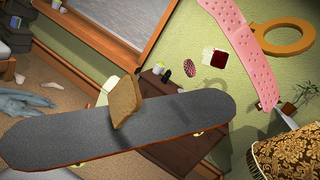
What sort of problems does it create?
VF A perennial problem we have when we do a new game is deciding which categories we’re going to tick for the various stores, because everything we do doesn’t really conform to the standard tickboxes. When we’re asked what genre of game Surgeon Simulator is, we have to sit around for half an hour working out what we’re going to say. And we have those same ridiculous conversations for every single thing that we do. For us, we try to think of threads that no one else is looking at, and then it’s about how we jump into that category: we want to own the toast genre [laughs].
Surgeon Simulator used technology to deliberately obfuscate players’ ability to interact with it. It seems to illustrate a full revolution of your design approach.
SC The origin of Surgeon Simulator was from a game jam where you got bonus points for using ten keys on the keyboard. The team realised that it didn’t work as they were developing it, so they limited it to five. And if you look at later versions on touchscreens and even VR, that aspect has gone away. We approach technology in the same way that we do game jam constraints. We look at what new possibilities a piece of technology give us, and then from there we come to a design that’s different and original. But we might then realise that we can do what we want to do with old technology. It doesn’t matter – the constraint or tech helped creatively. So that weird loop that you mention, it’s like we really care about technology and constraints at the beginning, and then we make a design out of it, and after that, technology is just a means to an end – it seeds the creativity, but doesn’t drive it further down the line.
Sign up to the 12DOVE Newsletter
Weekly digests, tales from the communities you love, and more
Edge magazine was launched in 1993 with a mission to dig deep into the inner workings of the international videogame industry, quickly building a reputation for next-level analysis, features, interviews and reviews that holds fast nearly 30 years on.







